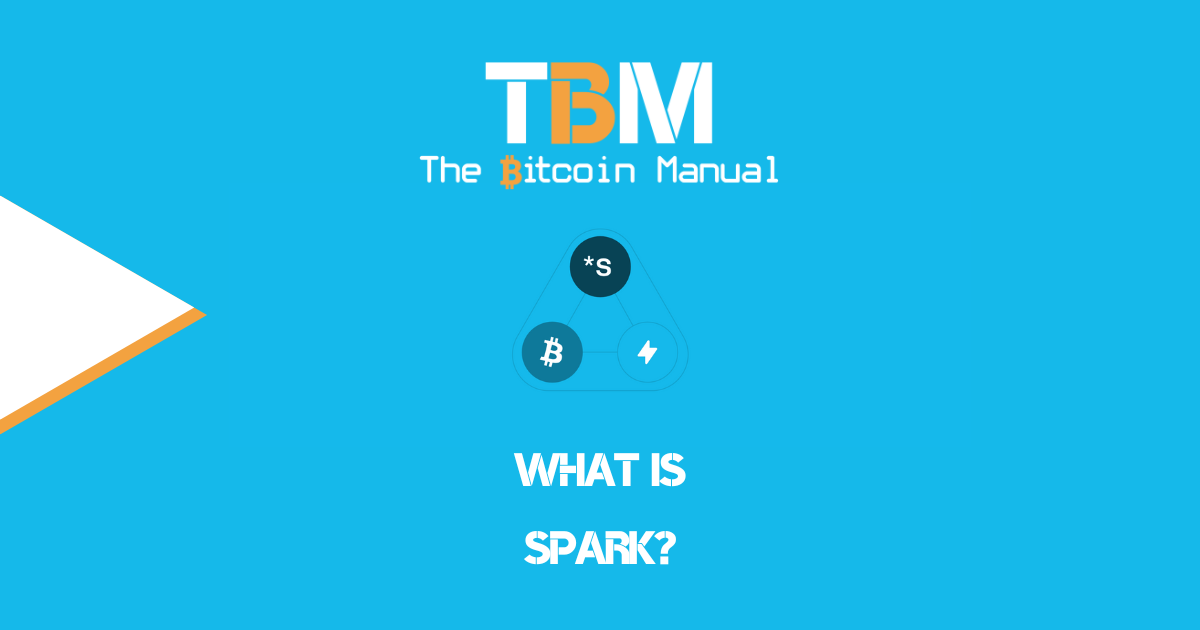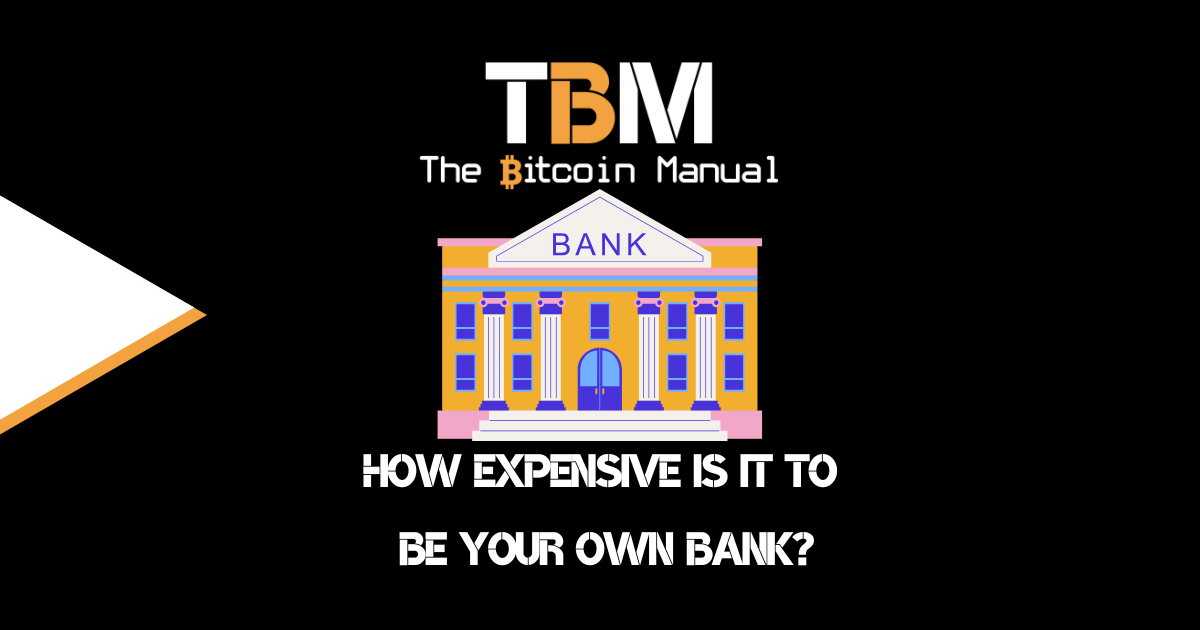I’ve had a bit of L2 fatigue this past year and a bit, with everyone and their grandma getting a couple of VC seed round cheques cut to roll out the “next generation of Bitcoin scaling solutions.”The vast majority of those whitepapers, litepapers, and GitHubs rolling out in this niche are just skibidi toilet brainrot babble, trying to obscure the obvious: That your L2 is a multi-sig on Bitcoin with one company acting as oracle between the base chain and your forked chain or rollup.
It’s quite a slog getting through the marketing fluff and ChatGPT cannon fodder content to get to the meat and potatoes of each pitch, and that’s saying something when it’s coming from someone who actively wants to learn as much as they can about Bitcoin.
Forgive me if I’m a little jaded every time I see a new layer two scaling solution, so when Lightspark announced Spark, I was ready to dismiss it on site, but when I saw that they were working with the Statechain model, I thought it would be worth looking into if only to see how they plan to deviate from Mercury Layer, the other Statechain implementation.
You had my curiosity Spark, but now, now you have my attention.

Bitcoin’s going to need more off-chain settlement that isn’t custodial.
As Bitcoin gains prominence, it continues to prove its resilience and sucks up more of the global liquidity; it’s naturally going to put limited block space under pressure as more users wish to own the asset and transact in Bitcoin.
If Bitcoin is to scale to billions of users and digitally facilitate payments on its open, neutral, and decentralised network, it will have to offload certain types of transactions to other layers.
We see billions of off-chain volumes settled daily through centralised exchanges and paper products like the Spot ETF versus side chains like Liquid and Rootstock or L2s like the Lightning network.
Having so much volume settled custodial is less than ideal; while it does keep demand off-chain, avoids the high on-chain cost and long settlement times, and allows native scaling solutions to grow without too much pressure, it does leave users at risk.
Sifting through the history books of custodial Bitcoin, you’ll see a near-endless stream of articles reporting on funds lost through hacks and bankruptcies.
That is your trade-off; by not going on-chain, you’re hoping the custodian will remain solvent and that the security between you and your custodian is never compromised, which is not a non-zero risk.
So why do users, not self-custody? For a myriad of reasons
- They’re hodling short-term to sell
- They use a custodian to trade the asset
- They find self-custody complicated
- They don’t trust that they are ready to hold their own keys
- They find on-chain transactions expensive
Now, the first two, well, you can only help those a little with scaling solutions, but the final three are pain points that can be addressed with alternative protocols and a UX that makes things easier and feel seamless.
If you’ve ever used a non-custodial Lightning wallet, you’ll know that’s not exactly the case; the average subway surfer player will boot up an LN wallet and generally have a bad time.
What is Spark?
Spark is a “Layer 2” solution or off-chain settlement layer designed to enhance Bitcoin’s transaction throughput and explicitly focuses on making end-user payments easier.
But doesn’t Lightning already do that? Yes and no; once you’re onboarded to Lightning, sure, it’s smooth, but onboarding and managing it, with or without an LSP, is not so slick.
Instead of only dealing with the base layer and Lightning, Spark acts as a middle layer that keeps you from having to go on-chain but ensures you can interact with Lightning.
By utilising Statechain technology, Spark enables users to transfer Bitcoin ownership without moving the blockchain’s underlying assets every time a transaction occurs. This approach reduces congestion on the Bitcoin network and significantly lowers transaction fees for users.
Besides Statechains, Spark also utilises atomic swap technology and borrows some aspects of Ark. Its design is similar to that of Mercury Layer in that it enables the off-chain transfer of ownership of Bitcoin UTXOs while benefiting from near-instant and fee-free transactions.
Spark differs from Mercury with features like threshold signing, removal of absolute timebombs, allowing users to split and re-aggregate leaves, support for stablecoins, native Lightning transfers, and more.
Why launch Spark?
Spark is an open-source protocol built to address Bitcoin and Lightning’s remaining challenges, focusing on scaling self-custody wallets and enabling stablecoins on Bitcoin. Spark is simple to implement and use and fully interoperable with the current Bitcoin ecosystem.
It’s built for payments so developers can build new applications on Bitcoin while being natively interoperable with Lightning and third-party assets.
Spark supports issuing and using stablecoins, which can be transferred from Taproot assets, LRC-20, or RGB on the base layer, and all assets on Spark are automatically UMA enabled.
Later this year, Lightspark will be launching two new products leveraging Spark capabilities:
- Wallet-as-a-Service: A platform that empowers developers to create fast, cost-effective, self-custodial wallets that are fully interoperable with Lightning and supporting assets like stablecoins.
- Stablecoin Issuance: A platform enabling stablecoin issuers to bring their stablecoin to Bitcoin, the largest and most secure crypto network.
Spark is currently in alpha testing, and they are working with partners to test the protocol before launch.
Key Advantages of Spark
- Scalability: By offloading transactions from the Bitcoin main chain, Spark can handle a significantly higher volume of transactions, helping to alleviate congestion.
- Reduced Fees: With fewer transactions being recorded on-chain, users benefit from lower transaction fees, making microtransactions and frequent trades more economical.
- Enhanced Privacy: Spark’s use of statechain technology allows for private transactions, as ownership transfers do not immediately affect the blockchain’s public ledger.
- Interoperability: Borrowing from Ark’s principles, Spark promotes compatibility with various blockchains, enabling users to engage in cross-chain transactions seamlessly.
- User-Friendly Experience: Spark aims to provide a more intuitive interface and experience for users, making it easier for individuals and businesses to adopt Bitcoin and Layer 2 technologies.
How Spark Works?
Spark users would send funds to a shared signature address, where they retain control of their funds and can exit without interacting with any other party.
From your existing Bitcoin wallet, you must send some BTC to a deposit address shared by both you and the Spark Entity (SE), which will then issue those funds in a leaf; these are virtual representations of a UTXO within Spark.
Users can transfer ownership of a leaf to other users within Spark by coordinating with the SE. A transfer is only considered valid when the receiver holds a fully signed Bitcoin transaction they can use to exit unilaterally.
The protocol is not 100% trustless ‘on day one’ as Spark Operators play a critical role in facilitating fund transfers on the network; the Spark ecosystem is made up of three key entities.
This looks very cool!
— Super Testnet (@super_testnet) October 25, 2024
Note that as a statechain developer myself, I don't consider statechains to be L2s in their current state. The operators can collude to stop a user from exiting, if they plan it in advance. Contrary to Spark's messaging, this risk persists indefinitely. https://t.co/doEWhEXRBS
Spark Entity (SE)
The group of operators that run a Spark. They are responsible for performing the operations necessary for signing and forgetting past keys.
Spark Operator (SO)
One of the operators within the SE. All or a threshold of operators is used to aid in the transfer of off-chain UTXOs.
Spark Service Provider (SSP)
A service provider who facilitates efficient deposits/withdrawals to/from Spark. Any number of SSPs can exist within a single Spark. Lightning payments are facilitated by SSPs, who accept funds on Spark to send Lightning payments or receive Lightning payments in exchange for funds on Spark.
These transactions are executed through atomic swaps, ensuring that neither the SSP nor the user is at risk of losing funds.
When it comes to leaving Spark, you have two options: a cooperative exit and a unilateral exit.
The Cooperative Exit
This is the cheapest and fastest way to exit Spark. Similar to Spark-Lightning transfers, cooperative exits are executed through atomic swaps with an SSP, exchanging Spark funds for on-chain Bitcoin.
The Unilateral Exit
This represents the most pessimistic scenario and can occur at any time. While there doesn’t need to be a specific reason to exit unilaterally, users might choose this option if a set of Spark Operators (SOs) goes offline or if they’ve lost confidence in the Spark Entity (SE) itself.
Unilateral exits are more expensive than cooperative exits because more than one transaction needs to be published to prove ownership of the most recent state.
More room for experimentation and ideas
Spark represents a welcomed addition to the development of the Bitcoin ecosystem; having more than one Statechain implementation can foster new ideas and investment in research.
As the demand for Bitcoin grows, so does the need for innovative technologies to address its limitations. While Lightning remains the premier scaling solution, Statechains and ARK could provide a middleware layer that is much needed for onboarding the next generation of non-custodial users.
While Spark is open-source, its ties with UMA and willingness to issue third-party assets could bring regulatory scrutiny and limit its reach, adoption and use cases.
How robust are SSP’s? Who can be an SSP? Will SSPs have to KYC to hold and transfer certain assets? These questions will need to be answered as this ecosystem rolls out.
If Spark delivers on its promises, users can look forward to a more accessible and robust Bitcoin experience, paving the way for greater adoption and utility in the future.
Do your own research.
If you want to learn more about Spark, use this article as a starting point. Don’t trust what we say as the final word. Take the time to research other sources, and you can start by checking out the resources below.




